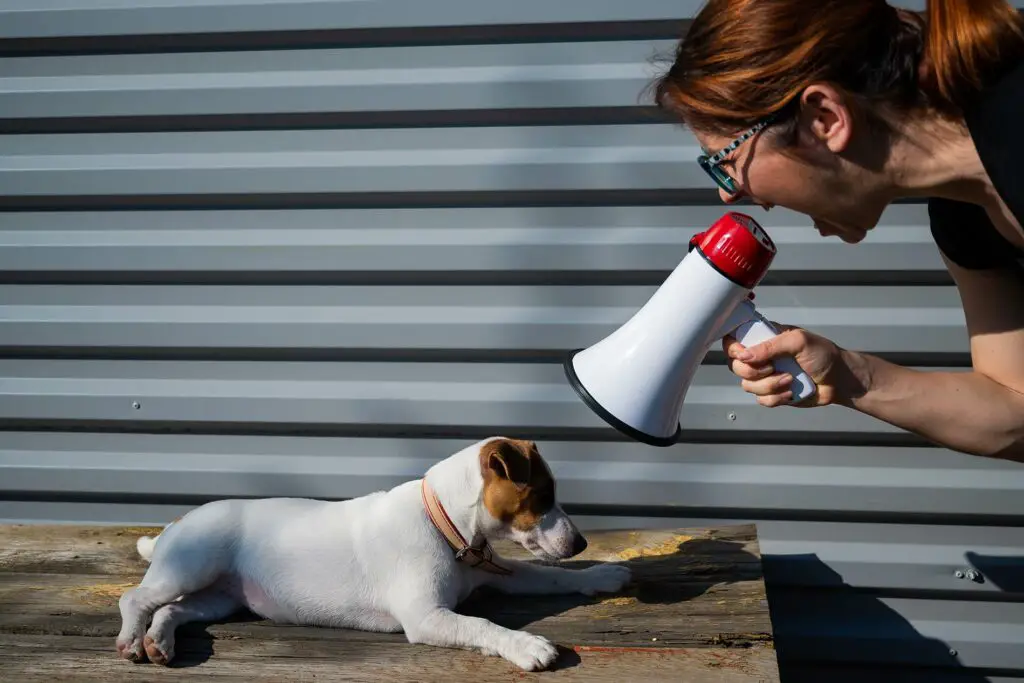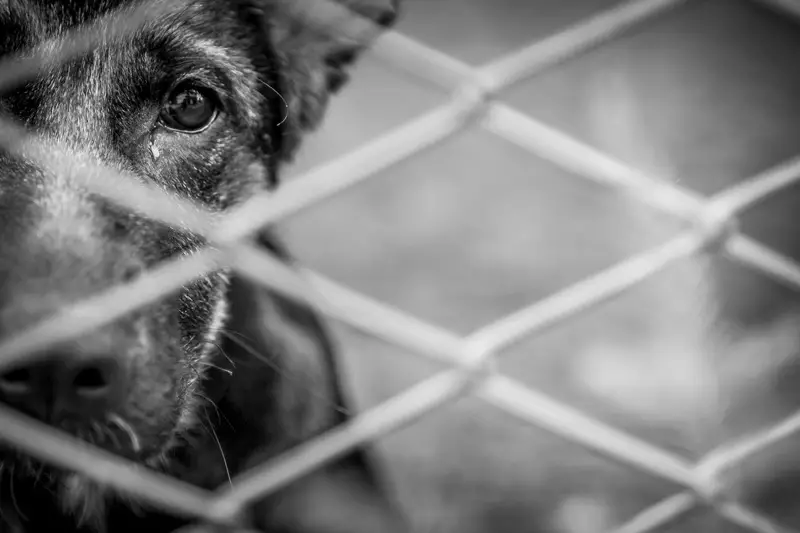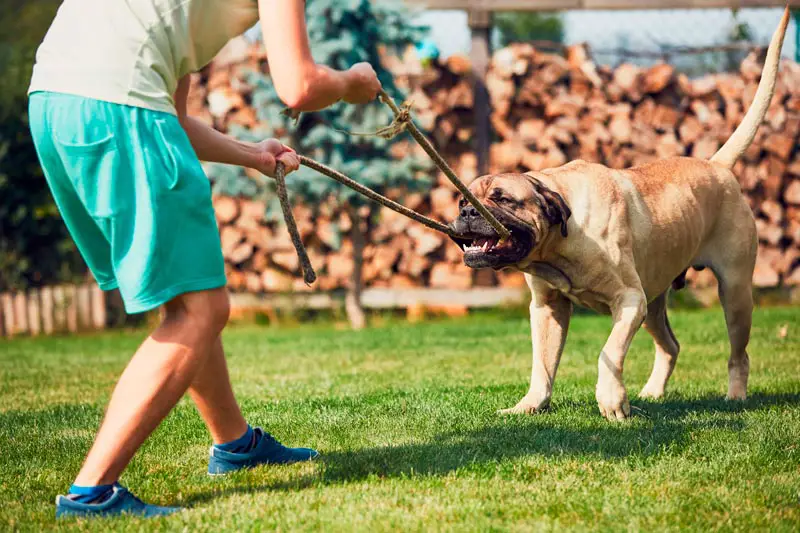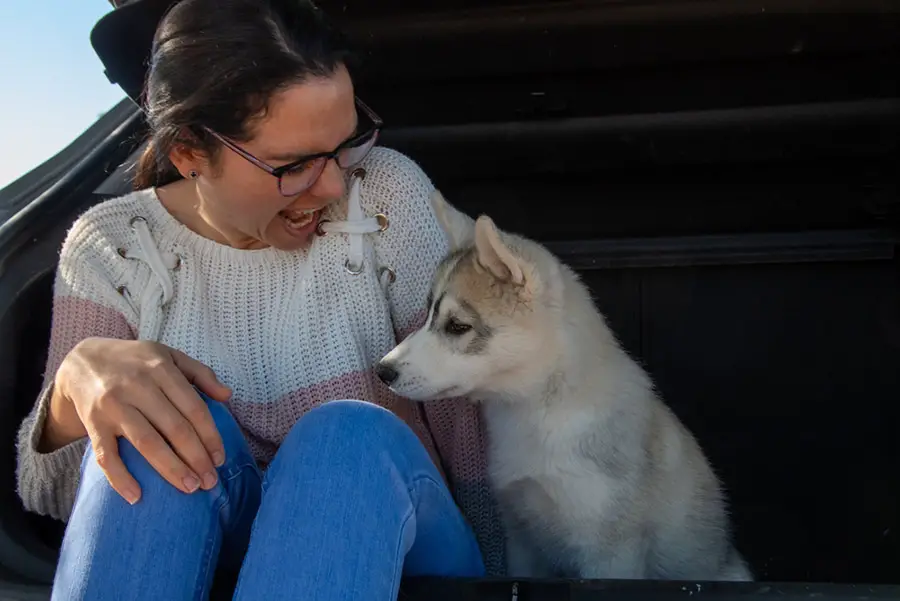It can be seemingly overwhelming at times when learning how to interact with your dog. It is also incredibly overwhelming to learn how to discipline or train your dog. In moments of frustration, many people tend to either intentionally or accidentally yell at their dog. This is actually something that you should never, ever do to your dog in anger or frustration. There are several reasons behind this. This article will list out the reasons that you should never yell at your dog. There will also be alternatives to convey your message to your dog without yelling at them.
Your Dog Will Not Learn From Being Yelled At

Your dog truly does not understand what you are yelling at them about in certain situations. They have difficulty equating your anger and tone towards them to their behavior or actions. This is especially true in instances where the behavior or action occurred several hours or even days earlier. For example, if you come home at the end of the day to discover that your dog has gotten into the kitchen trash can, then yelling at your dog is not the correct response. If you come in and yell at them over the trash that they got into around lunchtime that day, then they have no idea what you could be yelling at them about as they will simply not connect those actions to your response. They will definitely not learn from this for future situations since they have no idea what they could have done wrong.
Increase in Stress for Your Dog

Dogs are incredibly intuitive and very sensitive when it comes to the emotions of their humans. If you yell at or raise your voice at your dog, then you will transfer nervous energy to them in that situation. This increase and the sense of nervous energy will greatly increase your dog’s stress level. This stress level can negatively affect your dog and can even create lasting stress for them. This has actually even been scientifically measured. The stress hormone, cortisol, can be measured in the saliva of dogs. It was found that after being yelled at, there was a significant increase in the presence of this stress hormone in the saliva of the dogs.
Instilling Fear in Your Dog

Yelling at your dog is what can be referred to as negative reinforcement. This is essentially taking away something that your dog cares about if they are in trouble or act up. In this case, when you yell at your dog, your dog may become upset because they view this as you “taking away” your love and affection for them and replacing it with anger and yelling. This can create a fear response in your dog. This can also become a lasting effect on your dog’s mental state. They may become fearful of you even in moments when you are not yelling at them. It is extremely important to keep this in mind. If you find yourself in a moment of anger or frustration related to your dog, remember that what might be a fleeting moment of yelling for you can stick with and greatly affect your dog. This can severely damage the bond and relationship that you and your dog have formed as well. Take a moment to step back, regroup and find another way to speak to your dog and convey your feelings to them that will not hurt them in any way. That way they can learn for future situations.
Affects Training

At the end of the day, dogs may learn to understand a few keywords that you say to them, however, they will never truly understand everything you say to them. They rely on your energy and tone to determine what you are trying to convey to them. A clear, even tone is much easier for them to discern. When you are yelling, this confuses them and can greatly negatively affect training. It can also derail training

Prevention of Emergency Response
Dogs get used to the way you speak to them. If you tend to yell at them, then they become accustomed to that tone of voice from you. Vice versa, if you speak to your dog in a calm, measured tone then that is what they will grow to expect hearing from you. The calm voice is a much better option in terms of emergency response in dogs. If you typically speak in a yelling-type tone towards your dog, if you yell to them in an emergency-type situation then they will not understand that there is an emergency happening. If you typically are calm and firm in your tone towards your dog and you yell to them in an emergency situation, then they will realize that there is an issue or emergency and pay close attention to you to see what the emergency will be. This is what is referred to as the emergency response.

Alternatives
You should also never hit your dog in moments of anger or frustration as the results will be similar to those listed above in the case of yelling at your dog. There are several alternatives that you can choose to do instead of yelling at your dog or hitting them in moments of anger or frustration. The first thing that you should do when your dog needs discipline is to take a step back, take a deep breath, and assess the situation. This allows you a moment to calm down a bit so that you can approach the situation the best way possible.
Use a firm voice with your dog rather than yelling at them. If they are being naughty, firmly say, “No!” to them in a very clear voice instead of yelling it at them. This calm, firm voice will get the attention of your dog and stop them from doing the activity that you want them to stop.
You can put your dog in a time-out to discipline them. First, take away their toys and place them in their crate, outside, or in a room by themselves for a short period of time, around ten minutes. This removes your interaction with them which is a form of discipline for your dog.
You can use a spray or squirt bottle of water to discipline your dog. Rather than yell at your dog when they are doing something wrong or that they should not be doing, take the bottle and quickly spray or squirt a little water on them. This will distract your dog and it will stop them from doing what they were doing.
You can also distract your dog if they are doing something that they should not be doing. If you catch your dog in an activity they should not be doing, chewing on a pillow or furniture for example, you can make a loud noise to distract them. This can be a hand slap on the table or shaking a noisy object to get their attention. Your dog will more than likely be immediately distracted, stop chewing on the pillow or furniture, and give you their attention in this situation.
Redirecting your dog in a naughty moment is also a great alternative. Again, using the example of your dog chewing on a pillow, you can redirect them in this situation. If you find your dog chewing on something that they should not be, then give them something that they can or should be chewing on such as a chew toy or a bone. This redirects their attention from chewing on what they should not be chewing on and directs their attention to the object that they can safely chew on.
In contrast to negative reinforcement mentioned earlier in this article, you can use positive reinforcement instead. Instead of focusing on the negative and bad behaviors of your dog and punishing them for those behaviors, focus on the positive behavior of your dog and praise them for it. If you do this and focus on the behaviors that you would like to see from your dog, your dog is much more likely to continue these behaviors so that they can receive that praise from you. You are much more likely to see results from this positive reinforcement than with negative reinforcement.
In conclusion, it is generally never a good idea to yell at your dog. The only exception to this statement is in the case of some sort of emergency. If an emergency occurs, yelling is acceptable to alert your dog that something is wrong. Their emergency instinct then kicks in. In other cases; however, you should not yell at your dog. If you find yourself becoming angry or irritated at your dog, try to take a step back and take a deep breath. After doing so, try to speak to your dog with a calm, clear, firm voice. This will work much better to convey your point to your dog without upsetting or exciting them in



